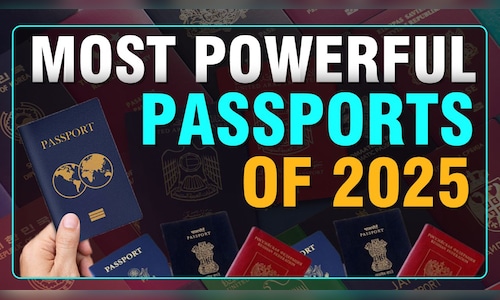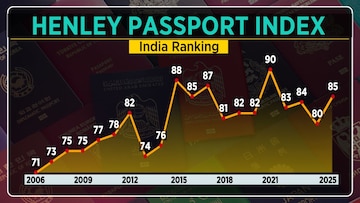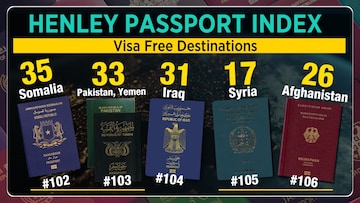
In second place is Japan, whose passport now provides access to 193 destinations. This marks a significant recovery for Japan after regaining visa-free access to neighbouring China for the first time since the COVID-19 pandemic restrictions were lifted.
The third position is shared by several EU member states, including France, Germany, Italy, and Spain, as well as Finland and South Korea. Citizens from these nations can travel to 192 destinations without the need for a prior visa.
Notably, the United States has fallen to the ninth position, a sharp contrast to its traditional dominance in the rankings a decade ago, where it frequently held the first or second spot.
India has seen a drop in its ranking, falling from the 80th position last year to 85th in 2025. For over nearly two decades, India’s ranking has experienced considerable fluctuation. Its highest rank of 71 was achieved in 2006, but the nation has faced consistent declines, particularly between 2015 and 2021.

China has made significant progress over the years, rising from 94th in 2015 to 60th in 2025. This improvement can be attributed to the lifting of pandemic-era restrictions and increased diplomatic efforts to enhance travel agreements.
Conversely, at the bottom of the rankings are Pakistan, Yemen, Iraq, Syria, and Afghanistan, whose passports offer limited global mobility.

In terms of openness, Singapore’s passport not only provides unparalleled access to other nations but also allows visa-free entry to citizens from 164 countries. Pakistan offers visa-free access to 64 nations, while China extends the same privilege to citizens of 58 countries. In contrast, India permits visa-free entry to nationals from only five countries – Bhutan, Nepal, Maldives, Mauritius, and Seychelles.



